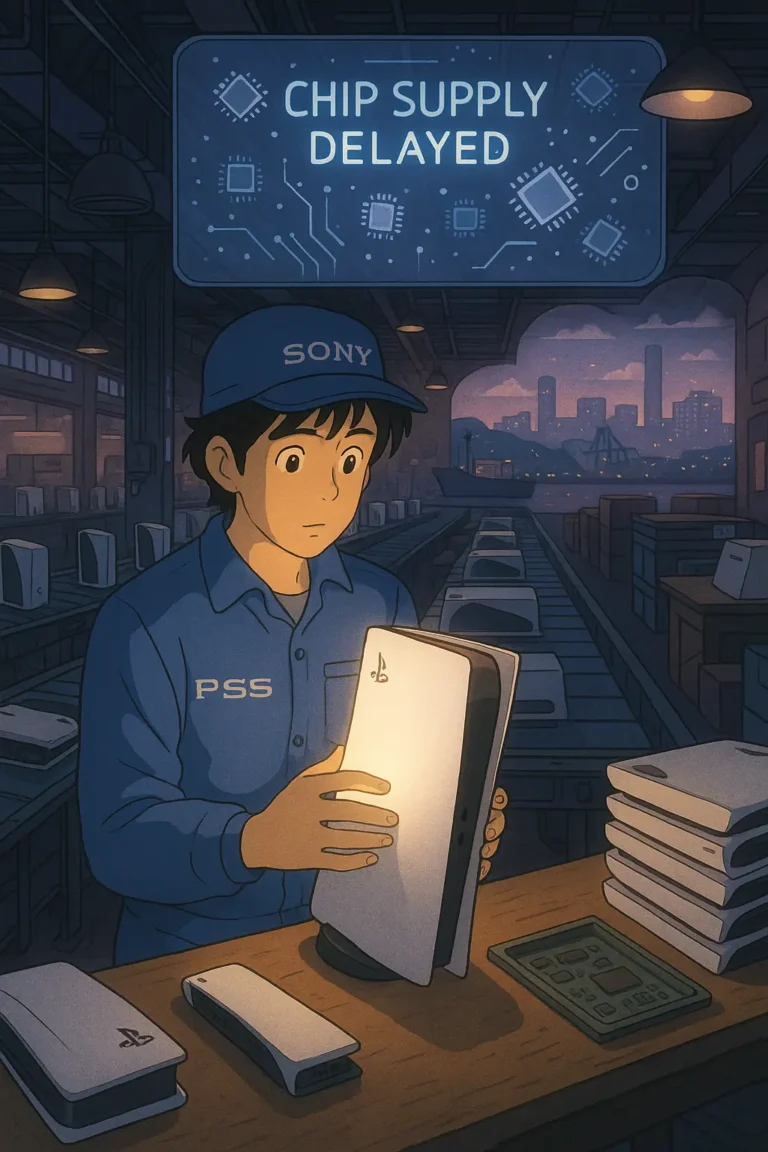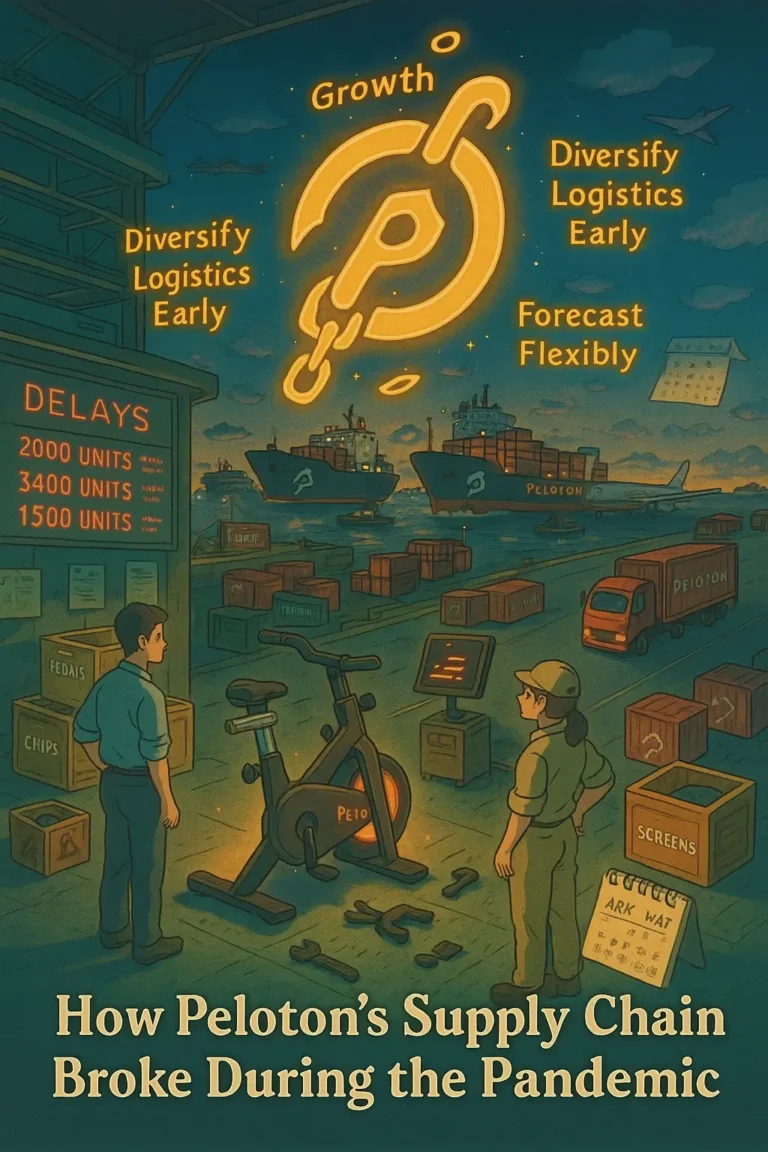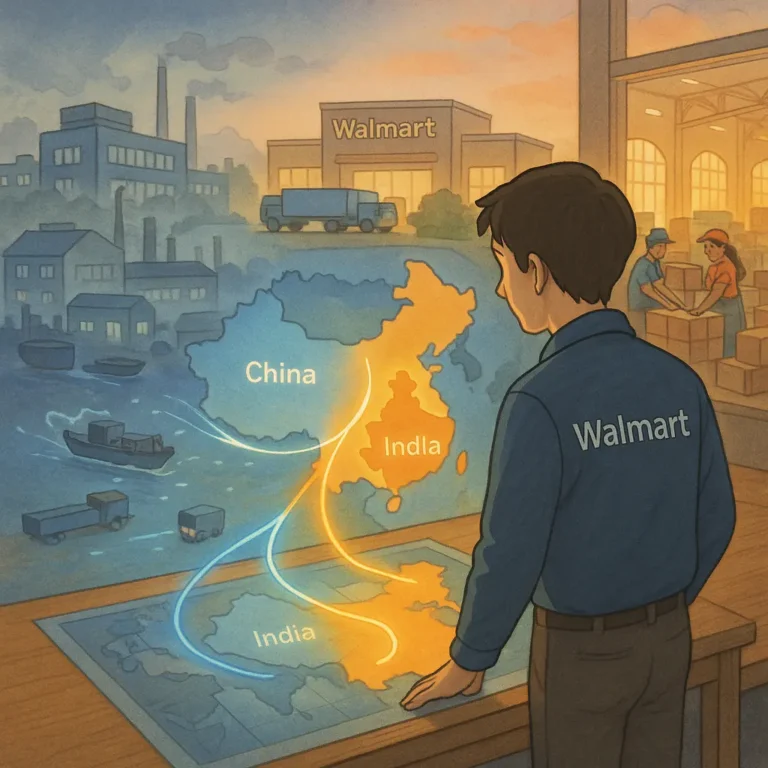
Hidden expenses in your supply chain create a spend leakage that, if not properly identified and sorted, could wreck your operations and business.
Supply chain management can be quite a complicated operation. The larger the supply chain, the more complicated the operation. This makes identifying hidden and unnecessary expenses quite cumbersome. You will remember that although the supply chain is the bridge between a business and a customer, making that supply chain cost as low as possible is in the business’s best interest. This is what is known as cost-cutting in supply chain management.
However, successfully cutting costs will be difficult when you do not know what or where the problem is. In this article, you will explore how to find and eliminate unnecessary costs to the supply chain that are not immediately apparent.
So, how can you find spend leakage in your supply chain?
Finding hidden expenses is like searching for something you are unsure is missing. Where do you look, and what are you looking for? It is a rather tricky process. Here are some strategies you can employ.
1. Gather and analyze supply chain data
This is probably the most effective strategy for finding any hidden cost in your supply chain, but it can be quite complicated. Going with this approach usually means gathering every data possible on the supply chain. This includes processes, finances, suppliers, and inventory. These are the key aspects of the supply chain that require finances to survive. When you have gathered all the information you can on each of these, you can begin analyzing them.
To do this successfully, you may want to get experts from outside the system in each of the segments or departments and have them audit the entire process for flaws. This way, you rely on people not directly related to the supply chain, which promotes transparency and effectiveness.
2. Map out the entire supply chain process
This strategy is usually used to find potential flaws in the supply chain operations. However, it can be reverse-engineered to find leakages in the supply chain finances. To do this, start by mapping out the entire supply chain process and identify areas that require cash flow and where value doesn’t match spending.
When you have identified all of them, make a detailed representation of each and every one of them. For example, if you spend money on manufacturing or storage, find out all the whys, the hows, and the when.
If done correctly, you can pinpoint all expenses made for any particular stage of the supply chain. This would usually expose the hidden cost in the supply chain process. It will also help you identify unnecessary costs or costs that could be significantly cheaper for your supply chain.
3. Leverage technology
Technology is all the rage, and for good reason. The good news is that it is also very relevant to supply chain management and an effective tool to track bad spending across your supply chain. For starters, you can utilize data analytics tools and software to gather, track, and identify potentially hidden or unnecessary spending. With these types of systems, you can pinpoint areas where cost-cutting is needed and take the necessary steps to implement it.
Technology will also help you simplify your supply chain’s financial process so that you can easily track and correct potential spending leakages in the future.
Why is it important to find and stop spend leakage in the supply chain?
Yes, no one or business wants to experience spend leakage in their supply chain operations, but why is it that important? well, there are several reasons, and we will review them here.
1. Improved profitability
Every dollar saved adds to your bottom line. You directly increase your profit margin and improve your supply chain’s financial health by eliminating unnecessary expenses.
2. Enhanced competitiveness
Every penny counts in today’s competitive market. Eliminating unnecessary costs allows you to offer more competitive pricing to your customers, attracting new business and retaining existing customers.
3. Increased efficiency and productivity
Addressing unnecessary spending often involves streamlining processes, eliminating waste, and improving operational efficiency. This leads to a faster, more efficient, and enhanced supply chain.
4. Reduced risk and improved risk management
Unnecessary spending can expose your business to various risks, such as stockouts, compliance issues, and fraud. Identifying and addressing these areas will definitely help mitigate these risks.
5. Increased agility and adaptability
By streamlining your supply chain and eliminating unnecessary costs, you become more agile and adaptable to changing market conditions.
6. Improved sustainability
Many unnecessary expenses have negative environmental impacts, such as excessive transportation, packaging waste, and inefficient energy use. By cleaning up your expense or spend bleeding, you contribute to a more sustainable supply chain, reduce your environmental footprint, and align your business with increasingly eco-conscious consumer preferences.
Conclusion
Spend leakages can make or break any supply chain. If measures are not put in place, a business may struggle to ensure its supply chain is profitable and efficient. The strategies or methods listed here can help locate and eliminate spend leakages but it will require the right people for effectiveness.

Obinabo Tochukwu Tabansi is a supply chain digital writer (Content writer & Ghostwriter) helping professionals and business owners across Africa learn from real-world supply chain wins and setbacks and apply proven strategies to their own operations. He also crafts social content for logistics and supply chain companies, turning their solutions and insights into engaging posts that drive visibility and trust.








